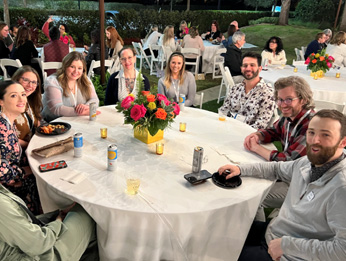
Your vision is our mission
Do you want to
[ grow your business ?] [ recruit new team members? ] [ open a new location? ] [ plan for retirement? ] [ recruit new team members? ]
No matter your goals, we can make them happen.
How We Serve You

Business
An experienced team with comprehensive resources to support you, your staff, and the growth of your practice.

Marketing
A full-service, in-house marketing agency that removes barriers to care and connects patients with your practice.

Operations
The people and systems that help your practice—and our partnership—run efficiently and successfully.

Partners & Programs
The relationships that differentiate your practice and provide unique opportunities for collaboration.
Who We Serve
We have solutions for every business model.
Learn more about how we can help you.
Why CQ Partners
We are industry experts
With nearly 5 decades of combined experience, CQ Partners is your ultimate connection to a better business. Many of us have owned our own businesses, managed multi-million-dollar practices, or are practicing audiologists. No matter your challenge, we have been there. We know what keeps you up at night and we know how to help.
We deliver results
We have helped hundreds of practices grow, build an exit strategy, expand their businesses, hire new providers, increase their digital presence, and more. No matter what you want to achieve in your practice, we are in the business of making your vision our mission.
We provide partnership and community
We work with high-achieving audiology providers who strive for excellence in patient care, professional development, and practice profitability. Learn from us and our community of over 1,000 members. A true partnership means that all parties are engaged, open-minded, and solution oriented. If that sounds like you, we’re the perfect fit for your business.
Your Dedicated Team
With our collective resources, unique disciplinary knowledge, and accomplished team, we have the solutions that today’s practices need to thrive.
Account Managers
We provide business development support, professional improvement resources, and more.
Business Analysts
We help you measure progress toward your goals and determine how you can constantly evolve.
Recruiters
We offer industry-leading human resources consulting and staffing solutions.
Marketers
We specialize in planning and execution, advertising, web development, content creation, and more.
Training Managers
We offer solutions for audiology and front office staff, operations managers, and other key positions.
… and more!
We have experts in IT, customer management, inside sales, vendor relations, and more to support every aspect of your business.





